Common Orthodontic Problems and How We Can Help
Orthodontic issues are more common than you think! In fact, most people don’t have naturally perfect teeth. A malocclusion (bad bite) can affect chewing, speech, oral hygiene, and overall appearance. While some issues are genetic, others can result from thumb sucking, poor dental hygiene, injuries, or medical conditions. Many people may not realize that issues like an overbite can also contribute to discomfort or difficulty with normal jaw function.
Understanding these common orthodontic problems is the first step toward a healthier, more confident smile. Dr. Scott Sprayberry offers expert treatment to improve both the functionality of your bite, including overbite correction, and the appearance of your smile.
Below are some examples of the most common orthodontic problems.

Upper Front Teeth Protrusion
Upper front teeth protrusion occurs when the upper teeth extend too far forward, or the lower teeth are too far back. This can affect both the appearance and function of your teeth, making them more vulnerable to injury, especially during physical activities.
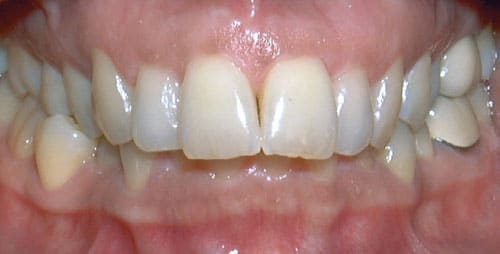
Overbite
An overbite is when the upper front teeth excessively overlap the lower front teeth. In severe cases, this can cause the lower teeth to bite into the roof of the mouth, leading to discomfort and potential injury. It may also affect chewing and speech.
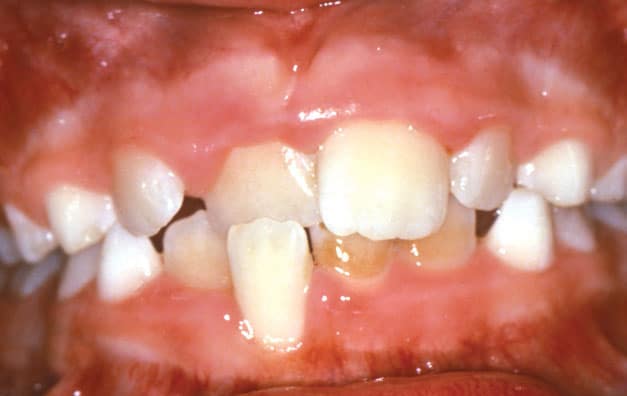
Crossbite
A crossbite occurs when the upper teeth sit inside the lower teeth instead of outside. This misalignment can cause uneven tooth wear, jaw misalignment, and chewing difficulties, leading to potential long-term dental issues.
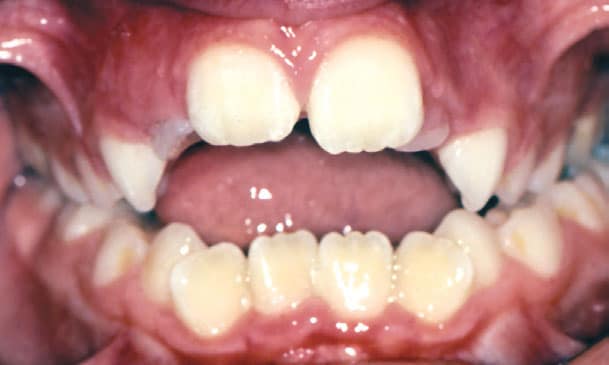
Open bite
An open bite happens when the upper and lower front teeth don’t meet when the mouth is closed. This can make chewing difficult and may lead to speech problems or tongue thrusting. It can also affect overall oral function and health.
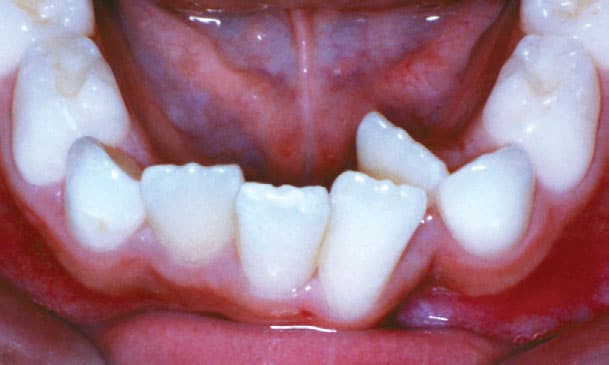
Crowding
Crowding occurs when there isn’t enough space for teeth to erupt properly. This makes it harder to brush and floss effectively, increasing the risk of tooth decay and gum disease. It can also affect the alignment and appearance of your smile.
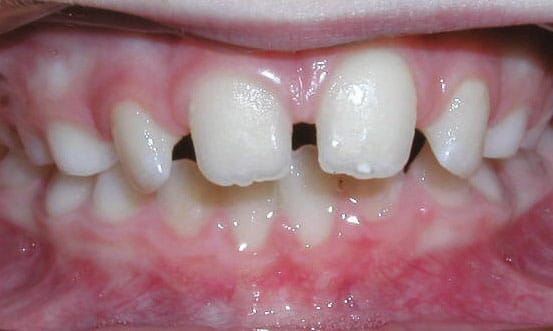
Spacing
Spacing issues refer to gaps between teeth, which may result from missing teeth or natural spacing concerns. While it may be a cosmetic issue, it can also impact tooth alignment and overall bite function, leading to potential oral health issues.
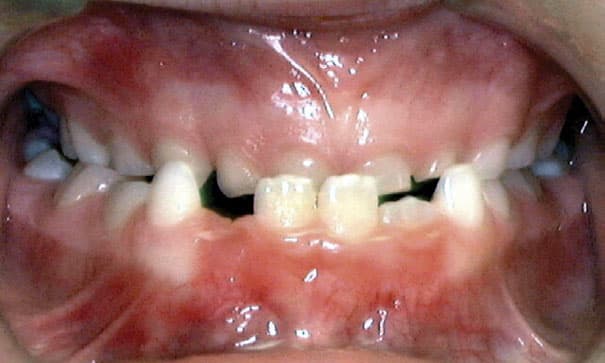
Underbite
An underbite is when the lower jaw extends forward, causing the lower teeth to sit in front of the upper teeth. This can lead to difficulties with chewing, speech, and jaw strain. Left untreated, it can result in further discomfort and dental problems.

